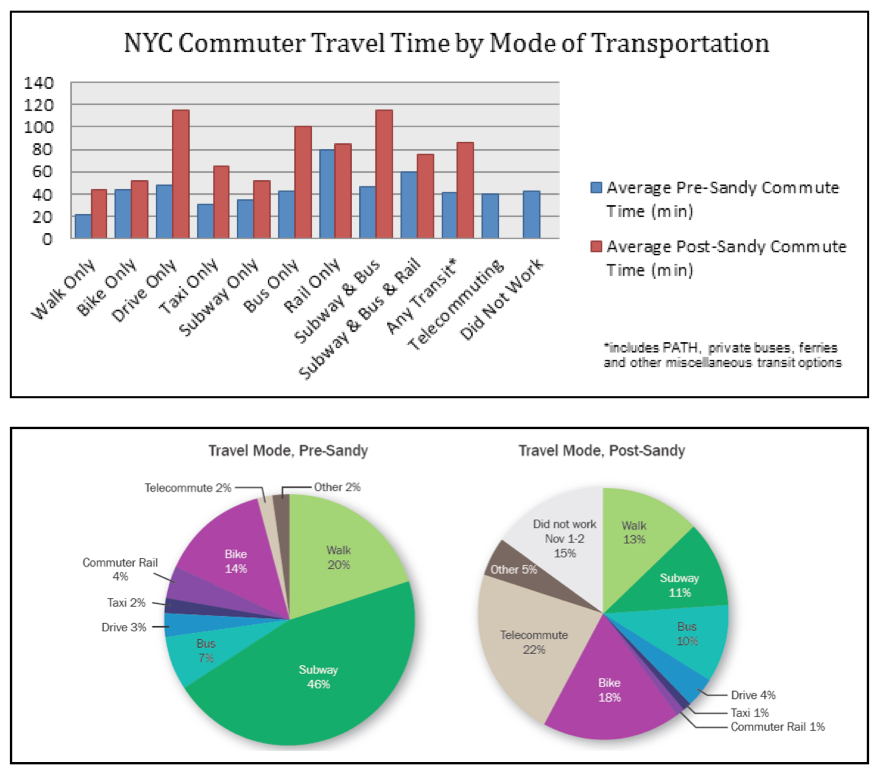US DEPARTMENT OF HOUSING AND URBAN DEVELOPMENT
Introduction
Hurricane Sandy made landfall in New Jersey and New York on October 29, 2012. The results were tragic and devastating. The office towers of Lower Manhattan were left powerless and dark. Miles of rail lines were twisted and torn apart. Beach towns from New Jersey to Rhode Island were buried beneath mountains of debris. Millions of lives were upended. Most tragically, more than one hundred people lost their lives.
During the storm and in the days following, the President directed his Cabinet to lean forward, cut red tape, and get resources to survivors as well as state and local governments. At the peak of the response, the Federal Government mobilized more than 17,000 volunteers in the affected areas, and more than $200 million in Federal services and resources were provided to address immediate recovery needs.
The President recognized that, in addition to the immediate aid response, it was vital to have a Cabinet- level team focused on long-term rebuilding, working closely with the Federal Emergency Management Agency (FEMA) and the organizations put in place by the National Disaster Recovery Framework (NDRF) (see sidebar on page XX) to remove obstacles to resilient rebuilding and promote the long-term sustainability of communities and ecosystems.
In response to the crisis, and because of the scope of the impact and the need for the highest level of coordination for recovery, President Obama created the Hurricane Sandy Rebuilding Task Force (the Task Force) in December of 2012, and designated the Secretary of Housing and Urban Development (HUD), Shaun Donovan, as Chair. The additional members were the heads of twenty-three executive department agencies and offices.
The President, along with the support of State and local leaders, fought for much-needed Federal funds to aid the victims of the storm and provide needed resources for a successful recovery. Their efforts led to the Disaster Relief Appropriations Act, 2013 (Sandy Supplemental), which was passed by Congress and signed into law in January 2013, providing about $50 billion in funding to support rebuilding. Thus far, these dollars have provided support to hundreds of thousands of people and businesses in the affected region. Looking ahead, the Task Force’s principal goal, which is set forth in this Rebuilding Strategy, has been to establish guidelines for the investment of the Federal funds made available for recovery and set the region on the path to building back smarter and stronger as part of a more resilient Nation.
The Task Force quickly established offices in New York, New Jersey, and Washington D.C., to facilitate engagement with State and local officials and other stakeholders. Additionally, the Task Force created an Advisory Group which included local elected leaders from the five states hardest hit by Sandy –Connecticut, Maryland, New Jersey, New York, and Rhode Island – to inform the Task Force’s operation and help guide the Rebuilding Strategy.
Task Force members assigned staff with a wide range of talent, skills, and experience from their agencies to develop a viable Rebuilding Strategy. The Task Force organized many multi-disciplinary teams (e.g., engineers, financial analysts, grant managers, urban planners, data system specialists, etc.) to study the critical inter-relationships of complicated states, communities, and systems. These teams built on, and incorporated contributions from, existing Federal, State, and local efforts to develop the Rebuilding Strategy.
The Rebuilding Strategy includes 69 recommendations, across several policy areas, that are designed to align funding with local rebuilding priorities, eliminate barriers to recovery while ensuring effectiveness and accountability, coordinate across levels of government, facilitate a region-wide approach to rebuilding, and promote resilient rebuilding so that the region will be better able to withstand the impacts of existing risks and future climate change.
The Rebuilding Strategy is in alignment with President Obama’s Climate Action Plan, released in June 2013. Both the strategy and the Climate Action Plan are designed to strengthen communities against future extreme weather and other climate impacts. For example, building on the implementation of the government-wide Flood Risk Reduction Standard initiated by the Task Force in the Sandy-affected region (discussed in more detail on page XX), the President’s Climate Action Plan calls for agencies to update flood risk reduction standards for all federally funded projects nationwide. Further, the work of the Task Force emphasized the importance of incorporating and addressing the region’s emerging risks resulting from rising sea levels into recovery planning, requiring region-wide, government-wide coordination.
These recommendations are the result of a community-based, locally driven process. They reflect months of outreach to State and local elected officials; tribal officials; non-governmental organizations (NGOs); non-profit organizations; representatives from the private sector; academics, think tanks and other science and policy experts; and other community organizations, particularly those serving vulnerable populations. Indeed a key function of the Task Force was to bring all of these players to the table to ensure their efforts are coordinated, that particular attention is paid to already disadvantaged and struggling communities, and that they are helping each other as they help themselves.
The Rebuilding Strategy is designed to be used by all of these actors, all of whose efforts will be critical to the successful rebuilding of the region and strengthening of the Nation. 
Read full report (PDF) here: Hurricane Sandy Rebuilding Strategy
About the U.S. Department of Housing and Urban Development
portal.hud.gov
“HUD’s mission is to create strong, sustainable, inclusive communities and quality affordable homes for all. HUD is working to strengthen the housing market to bolster the economy and protect consumers; meet the need for quality affordable rental homes: utilize housing as a platform for improving quality of life; build inclusive and sustainable communities free from discrimination; and transform the way HUD does business.”
Tags: flood control, flood zone, HUD, Hurricane, Hurricane Sandy Rebuilding Strategy, rebuilding, Sandy, Storm, U.S. Department of Housing and Urban Development






 RSS Feed
RSS Feed